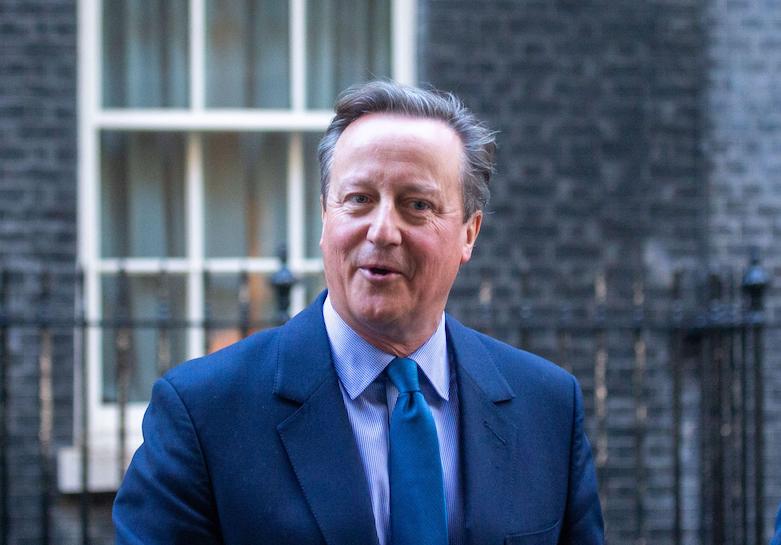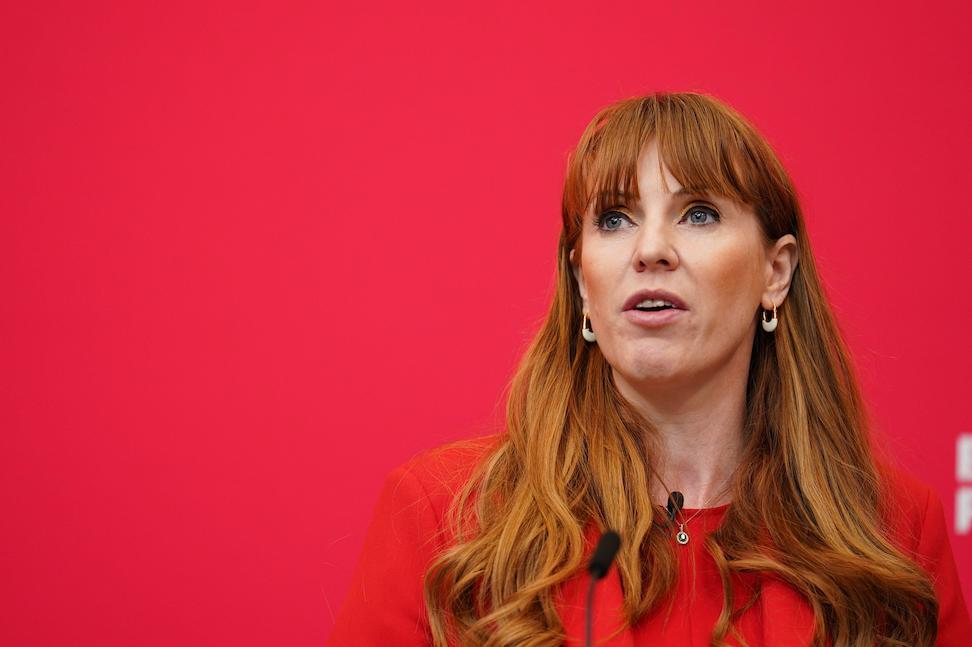What is debt and debt relief?
All countries have some kind of national debt, as a consequence of normal economic activity. Sometimes, countries accumulate unmanageable levels of debt due to particular economic crises.
However, the last 50 years have seen external debt (debt to foreign investors) emerge as a long-term structural problem hampering the economies of many less-developed and developing countries. This problem is sometimes referred to as “Third World Debt”, although the term “Third World” as shorthand for developing countries as a whole is increasingly out of favour.
Debt has a significant effect on global poverty. For example, borrowed money accrues interest which adds to debt and can lead to less prosperous countries suffering because massive interest payments drain funds that are needed for things like infrastructure investment. Compound interest over a matter of decades can soon render a serviceable debt unsustainable.
Between 1973 and 1993, developing countries’ debt compounded at a rate of around 20 per cent per annum, rising from US$300 billion to US$1.5 trillion, of which experts have claimed only US$400 billion was actual borrowed money.


There is today widespread political acceptance of the need to address debt, either by providing assistance in coping with debt or in writing it off. “Debt relief” is therefore one of the leading issues in development and international relations. There are numerous motivations for supporting debt relief, ranging from humanitarianism to managing and stabilising the international financial system.
Debt and the Coronavirus crisis
The 2020/21 Coronavirus crisis shed fresh attention on levels of third world debt. Faced with mounting recessions, weaker currencies, higher interest costs and a drop in remittances sent home from workers in developed nations, over 100 countries sought aid from the International Monetary Fund.
The Campaign Group, the Jubilee Debt Campaign pointed out how an increasing number of poor countries were in debt distress. Developing nation debt was said to have more than doubled between 2010 and 2020 presenting as many as fifty countries with a repayment crisis.
Citing figures suggesting that debt payments for developing nations as a share of government revenue had more than doubled from 6.7% to 14.3% since 2010, the Jubilee Debt Campaign suggested the situation had return to 2001 levels. The scale of the debt repayments was said to be diverting funds away from areas such as healthcare and social protection.
History
Debt in the developing world is principally a post-colonial economic phenomenon, which began to emerge in the 1960s. Movements to relieve the burden of debt emerged at the same time: the meeting of the Argentine government with its international creditors in Paris in 1956 led to the formation of the “Paris Club” of official creditors, which still exists today. The Paris Club, a completely informal organisation, agreed to treat the debt due to them in a co-ordinated way, and made arrangements for rescheduled payment.
The debt problem accelerated in the aftermath of the collapse of the Bretton Woods exchange rate system, which led up to the energy crisis in 1973. In order to stabilise the financial system, banks were willing to lend large sums of money to the developing world, disregarding a nation’s ability to pay back the loan. In the context of negligible interest rates, governments were happy to accept this offer.
The mid to late 1970s saw a rise in interest rates, however, while at the same time prices of crops and raw materials produced by many developing countries fell. As a result, many resorted to borrowing more to service their growing debts. In 1982, when Mexico announced that it would default on its debts, the International Monetary Fund (IMF) – an organisation of 187 countries working to foster global monetary co-operation and sustainable economic growth – and the World Bank responded, providing more loans to help the country service its debt. Since then the IMF and World Bank have continued to provide loans in order to help other underdeveloped countries.
The first significant international initiative to tackle the problem was the Heavily Indebted Poor Countries (HIPC) initiative, agreed in 1996 by the IMF, World Bank and donor governments around the world. HIPC was the first concerted effort to address debt as a whole, and focused on debt relief as a means to promote poverty reduction. It included for the first time the option of debt cancellation. This was widened in 1997 with the adoption of an enhanced HIPC scheme, under which participants undertook to write off US$100 billion of debt.
Countries eligible for the HIPC scheme face an “unsustainable” debt burden, have established a track record of reform, and developed a poverty reduction strategy paper. At this point, a country must commit itself to reform through World Bank and IMF programmes, in order to gain approval to join the scheme – the decision point.
To receive the full debt relief eligible under HIPC, however, a country must continue to perform well under reform programmes, which include moves towards macroeconomic stability and poverty reduction. A country that meets these criteria reaches the completion point, and is eligible for the full debt relief decided upon at the decision point.
In the run-up to the Millennium, slow progress of debt relief led to the development of a substantial international movement called Jubilee 2000. The campaign, made up of a variety of charities, pressure groups and organisations, caught the public interest across the UK. At the 1998 G8 summit in Birmingham, 70,000 people formed a human chain around the convention centre, and across the world 24 million people signed a petition calling for all debt to be written off by the year 2000.
In the UK, the government pledged to write off all bilateral debt acquired up to the end of 1999, to countries that completed the HIPC initiative. Chancellor Gordon Brown also promised that debt repayments from HIPC countries that had not completed the initiative – because of conflict, for example – would be held in a trust until they could be returned to poverty reduction programmes.
Nonetheless, the campaign was not an overall success, with governments the world over writing off only about 30 per cent of aggregate repayments in response to its calls.
However, at the G8 summit in July 2005, at Gleneagles in Scotland, eight world leaders and the EU Commission president agreed to cancel 100 per cent of the debt of the HIPC’s poorest countries. At the meeting, which was accompanied by a worldwide movement, Make Poverty History, they agreed that participating G8 countries would assume all debts owed to the World Bank and the African Development Bank while “existing IMF resources” would cover debts to the IMF.
The Multilateral Debt Relief Initiative (MDRI) was adopted by the IMF in late 2005; this put into action the 100 per cent debt relief proposal initially advanced by the G-8. On January 6, 2006, the IMF delivered MDRI debt relief – amounting to US$3.4 billion – to an initial group of 19 countries.
All countries that reach the completion point under the enhanced HIPC initiative are eligible for the MDRI. Also, to comply with the IMF requirement that the institution’s resources be used in an evenhanded manner across its membership, the IMF Executive Board agreed that all member countries (including non-HIPCs) at or below the per capita annual income threshold of US$380 should also be eligible.
In addition to participating in the Multilateral Debt Relief Initiative, the UK put in place its own initiative –the UK Multilateral Debt Relief Initiative – to assist with debt service payments to poor countries not eligible for debt relief under the MDRI.
Controversies
Debt in developing countries is singled out as a principal cause of poverty, causing human suffering and misery and hampering economic development.
Anti-debt campaigners typically blame Western governments and financial institutions for creating the debt crisis, through irresponsible lending and by turning a blind eye to the suffering and economic damage it caused. They also point to the illogical situation of Western governments providing aid to developing countries with one hand, while extracting debt interest payments from them with the other.
However, there are concerns that debt relief sets a disturbing precedent in relation to the security of financial obligations – it could deter creditors from giving out loans to developing countries in the future.
It has also been acknowledged that the standards of governance in many of the poorest countries are extremely low: many loans that could have helped to expand productive capacity were siphoned off by corrupt officials or spent on inappropriate projects.
Quotes
“Debt burdens were already taking much-needed money away from healthcare and social protection before the Covid-19 crisis hit, and the situation is rapidly deteriorating. Debt payments for poor countries are at the highest level in 20 years. We need urgent action to cancel payments, to reduce debt to a sustainable level, and to rein in irresponsible lending to stop debt crises coming back to haunt us every decade.” – Sarah-Jayne Clifton, Director of the Jubilee Debt Campaign.


























